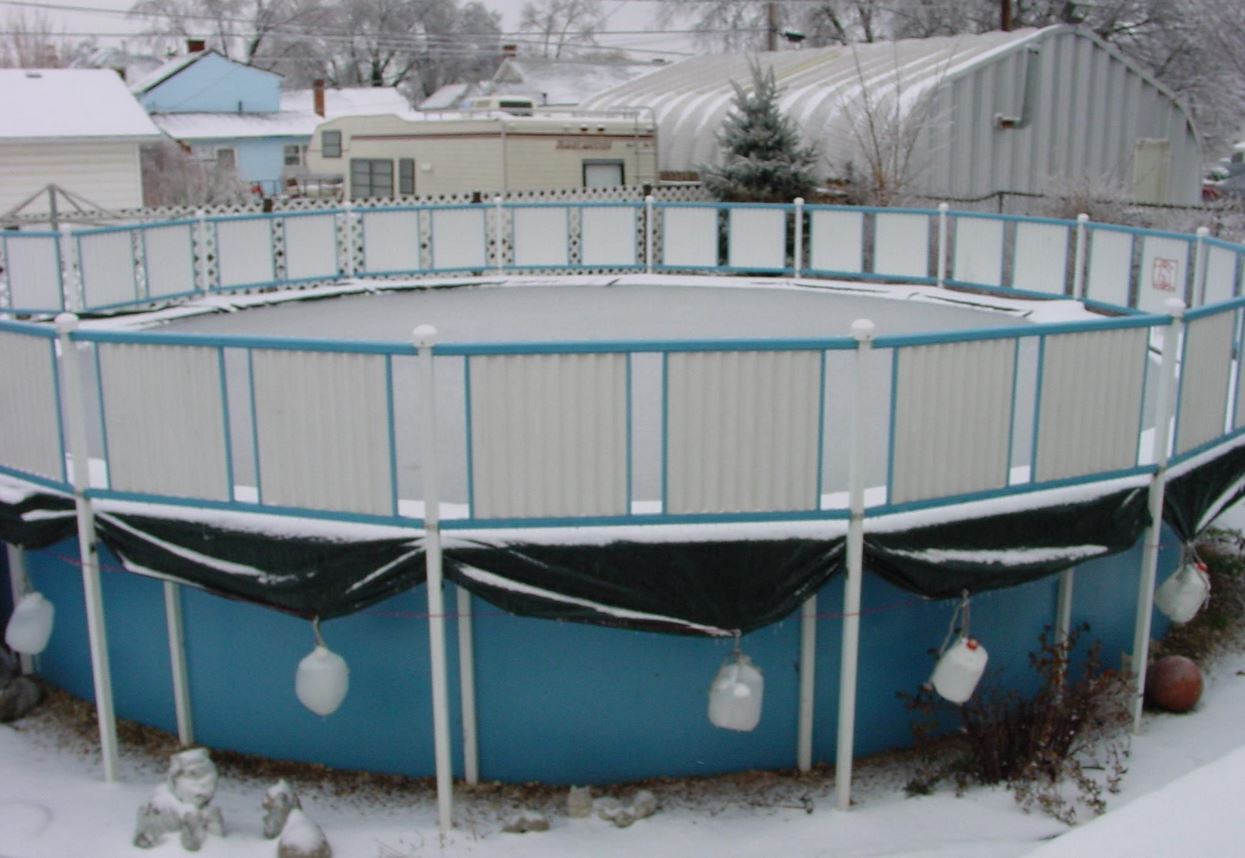
If you have a relatively new pool constructed by a swimming pool builder, you are most likely wondering how you can best winterize it now that the weather is changing. As overwhelming as it may seem, the key factors to securely winterizing your pool are generally the same for both chlorine and salt water pools. Below are five key considerations to safely winterize your pool.
Start by cleaning the pool since grime and residue can stain a vinyl liner if left on it while the water is sitting stagnant. Excellent biodegradable cleaners are available if you will need more than a brush. While a pool vacuum makes cleaning a lot easier, elbow grease is sufficient if you have the time.
1. Chemical balancing
You need to balance the water chemistry at least a week before closing your pool. Winterizing chemicals work more effectively and will keep the pool water stable if it is ideally balanced. Since water tends to turn unhealthy over the winter, chemical balancing is arguably the most important step when winterizing your pool, particularly for temperatures that fluctuate around freezing.
Pool winterizing kits have the necessary components including a sequestering agent, algaecide, and oxidizer. Chemical balancing prevents your water from quickly turning ugly once the conditions become ideal for algae and other microorganisms as temperatures drop.
Drain the water to about 6-inches below the return jets and skimmer line after balancing your pool and adding winter chemicals. Leaving some water is recommended since pools are more susceptible to damage during winter when empty.
2. Hardware preparation
Remove and clean the cartridges if you have a cartridge filter or D.E. filters. For a sand pool filter, clean out the filter sand by running a backwash. Do a complete rinse if necessary.
Turn the main power supply off and disconnect every hose from the pump, skimmer, filter, and salt water system. Remove all valves to allow for complete draining. Ensure no water remains in any detached pipe or valve to prevent potential damage. Leave them open to allow air circulation and evaporation. You can use a shop vacuum or industrial blower to forcefully blow out any water that won’t empty from your plumbing.
Extreme weather can cause unimaginable damages. Removing every accessory and anything attached to your pool that is at risk is, therefore, important. Remember to store all your pool accessories indoors.
3. Salt cell preparation
If available, set the chlorine generator to “winter” for salt water pool systems. If the feature is unavailable, remove the battery and store it inside throughout winter. Most chlorine generators feature a detachable electrolytic cell that you can remove by simply unscrewing the end caps. It is also a good time to clean the cell and start getting into the habit for every other time you winterize your pool.
4. Prevent freezing damage
The stress caused by freezing water often leads to structural damages, but you can prevent this by floating an air pillow in the center of your pool. Air pillows help to distribute the pressure caused by freezing water, effectively preventing structural damage. As such, air pillows are a necessity, especially in the areas that experience temperatures below 14°F.
5. Winter cover
Install and securely tie down a high-quality cover fitting the dimensions of your pool. By preventing dirt and debris from getting into your pool, a pool cover ensures the work you put into winterizing your pool pays off. Since cover clips might be necessary to prevent it from coming off, getting a high-quality cover is important, particularly in areas that experience extreme temperatures and strong winds.
With their somewhat trampoline appearance, security covers are the best pool covers currently available. Spring-loaded straps connect to these covers and anchor into the concrete, holding them in place. Security covers can also hold a lot of weight and are quite durable. Automatic covers, on the other hand, are held down with water bags and made of tarp like material that can only last 1–3 seasons.
While we hope the winterizing guide above helps you to achieve a clean and fully functioning pool in the spring, referring to the manual that comes with your equipment for detailed instructions is important since some instructions can be specific to your pool hardware or system.


Comments
Loading…